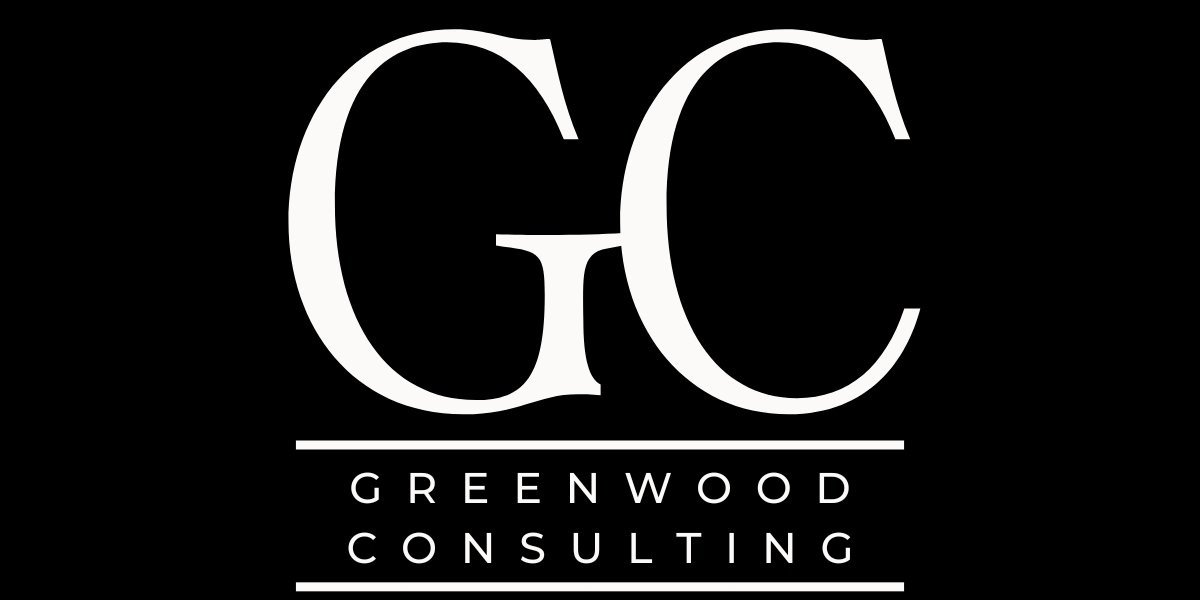E312: 🎓MENTORING MOMENTS #63 | CREATING YOUR SAAS PLATFORM PRICING MODEL & HOW TO AVOID CUSTOMER FRUSTRATION IN THE PROCESS
MASTERING SAAS PRICING: STRATEGIES FOR MAXIMIZING PROFIT AND COMPETITIVENESS
Pricing strategies in Software as a Service (SaaS) are critical for building a sustainable, profitable business model while remaining competitive in the market. In this blog post, we'll explore some effective pricing models and strategies that can help SaaS businesses not only cover their operational costs but also ensure they remain attractive and approachable to their target audience.
UNDERSTANDING COMMON SAAS PRICING MODELS
SaaS pricing strategies can be broadly categorized into a few commonly used models, each with its own set of advantages and considerations.
1. TIERED PRICING
Tiered pricing is one of the most prevalent models in SaaS. This approach involves creating different levels of service, often labeled as Bronze, Silver, and Gold, with each tier offering incremental value. This value may not necessarily be tied to usage but rather to the features available at each level. For example, a lower tier may include basic functionalities suitable for small businesses, while higher tiers may include additional features that cater to enterprises with complex needs.
2. CONSUMPTION-BASED PRICING
Another popular model is consumption-based pricing, which charges customers based on the extent of service usage. This model might include metrics such as the number of transactions, the volume of data processed, or the number of API calls made. This approach is common in industries where customer usage highly varies, such as fintech platforms. Often, a minimum monthly fee is charged, ensuring a baseline revenue for the service provider regardless of the customer's usage level.
3. FEATURE-BASED PRICING
Feature-based pricing is somewhat similar to tiered pricing but focuses strictly on the functionalities each plan offers. This model is particularly effective for platforms where different users genuinely require distinct sets of features. It allows businesses to cater to various segments effectively without overcharging customers who do not need advanced features.
BALANCING COMPETITIVENESS AND PROFITABILITY
To ensure competitive edge and profitability, SaaS businesses must thoroughly understand their cost structure and how it relates to their pricing strategy. Here’s how companies can balance these aspects effectively:
KEEPING PRICING MODELS SIMPLE
Complexity in pricing can be a major deterrent for potential customers. Simple, straightforward pricing that customers can understand and calculate easily is usually the most effective. This doesn't just help in acquiring customers but also aids in retaining them as they can clearly see the value they get for their payments.
ADJUSTING PRICES BASED ON MARKET FEEDBACK
It’s crucial for businesses to remain flexible and adjust their pricing based on market demands and customer feedback. Initially, setting a price can be somewhat experimental, but over time, with adequate customer input and market analysis, adjustments can be made to hone in on the most effective pricing structure.
LEVERAGING PSYCHOLOGICAL PRICING TECHNIQUES
Using psychological pricing strategies can also prove beneficial. Setting prices that are slightly lower than a round number, for example, $9.99 instead of $10, can make a price point feel more digestible to consumers.
ADOPTING THE RIGHT STRATEGY FOR EMERGING SAAS COMPANIES
For startups and new market entrants, the pricing strategy might slightly differ. Offering free trials, freemium models, or initial discounts can be an effective way to attract users and gather valuable feedback without requiring upfront commitment. These strategies lower the barriers to entry for customers and can lead to higher conversion rates from trial to paid plans.
CONCLUSION
Choosing the right pricing model and strategy is crucial for the success of any SaaS business. It's not just about covering costs or making a profit; it's also about understanding the customer’s needs, being competitive in the market, and providing clear value that resonates with the target audience. By carefully evaluating their service offerings, market position, and customer feedback, SaaS companies can adopt a pricing strategy that supports sustainable growth and long-term success.
To learn more, check out the related THE ECOMMERCE EDGE Podcast episode below:
